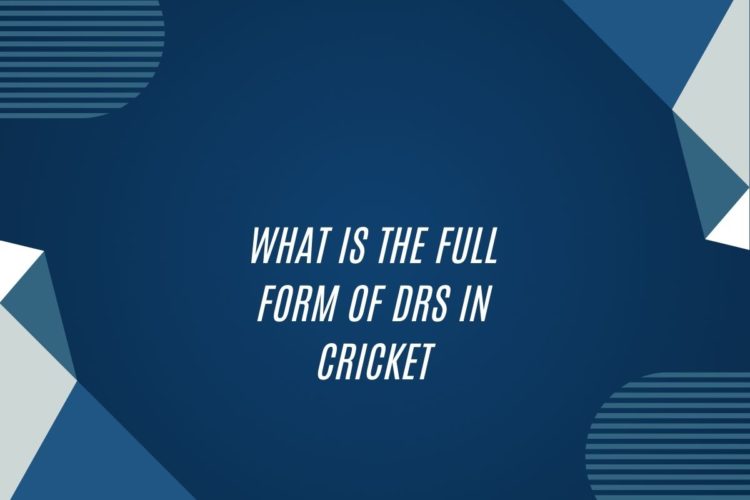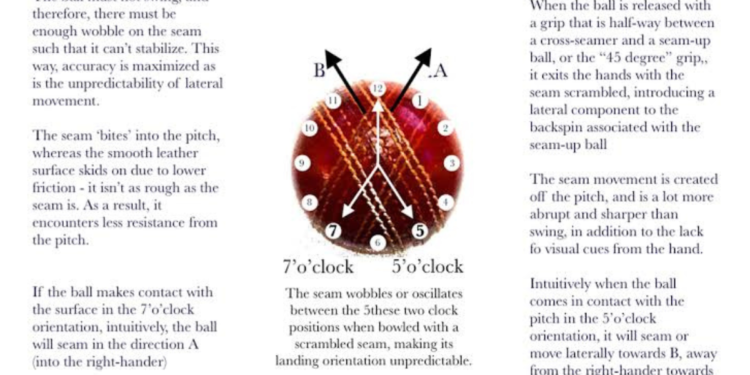Definition of DRS in Cricket
The Decision Review System (DRS) in cricket is a technological tool utilized to assist umpires in making more accurate decisions during matches. It was introduced to address the challenges of human error and enhance the overall fairness of the game. DRS allows teams to challenge on-field decisions by requesting technology to review and potentially overturn them.
By incorporating various technological advancements such as ball-tracking and ultra-motion cameras, DRS provides a comprehensive review process to verify the accuracy of umpiring decisions. This system aims to minimize controversial moments and ensure that the correct outcomes are reached, ultimately contributing to a more transparent and just playing environment in cricket.
History of DRS in Cricket
The Decision Review System (DRS) in cricket was first introduced in Test matches in 2008. The aim was to reduce human errors in umpiring decisions and enhance the accuracy of outcomes on the field. Initially, the use of DRS was met with some resistance and skepticism from players, officials, and fans.
However, over time, as technology improved and the system proved to be effective in rectifying errors, the acceptance and adoption of DRS grew across different formats of the game. The evolution of DRS in cricket has seen refinements in its use, such as the implementation of ball-tracking technology and ultra-edge technology to provide more comprehensive and reliable decision-making tools for the umpires.
Purpose of DRS in Cricket
The primary purpose of the Decision Review System (DRS) in cricket is to assist the on-field umpires in making accurate decisions during a match. By providing players with the opportunity to challenge the umpire’s decision, the DRS aims to reduce errors and uphold the integrity of the game. This technology-driven system also adds an element of fairness and transparency to cricket matches, ensuring that teams have a chance to rectify potentially incorrect calls.
Moreover, the implementation of DRS in cricket helps in maintaining the spirit of the game by reducing the impact of human error on crucial match outcomes. With the use of advanced tools like ball-tracking and ultra-motion cameras, players can challenge decisions confidently, knowing that there is a reliable method in place to review contentious calls. Ultimately, the purpose of DRS is not only to enhance the accuracy of decision-making but also to enhance the overall viewing experience for players and fans alike.
How Does DRS Work in Cricket
The Decision Review System (DRS) in cricket is a technology-driven tool used to assist on-field umpires in making more accurate decisions during matches. It involves the use of various technological components such as ball-tracking technology and thermal imaging to help determine decisions related to dismissals, boundaries, and LBW (leg before wicket) calls.
When a player or team challenges an on-field umpire’s decision, the DRS process is initiated. The third umpire then reviews the footage and data gathered from the technology to determine whether the original decision should be overturned or upheld. This process aims to reduce human error and provide a fairer adjudication of crucial moments in the game.
Components of DRS in Cricket
In the realm of cricket, the Decision Review System (DRS) stands as a pivotal tool shaping the dynamics of the game. Comprised of various components, each element serves a crucial role in ensuring the accuracy of decision-making during matches. The key components include ball-tracking technology, known as Hawk-Eye, which provides visual representations of the trajectory of the ball in relation to the stumps and the batsman. This technology aids in determining the path the ball would have taken had it not been intercepted by the batsman, thus assisting umpires in making informed decisions.
Another integral part of the DRS is the use of UltraEdge, a system that utilizes audio-sensors to detect any contact between the ball and the bat. This feature helps in resolving contentious appeals related to catches and LBW decisions by providing conclusive evidence of whether the ball made contact with the bat. Additionally, the DRS incorporates the Snickometer, a tool that uses audio sensors to detect sounds when the ball passes the bat, enabling officials to ascertain if there was an edge. Together, these components of the Decision Review System work in tandem to uphold the integrity of the game by offering an advanced method of adjudicating crucial moments on the field.






















